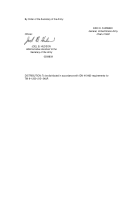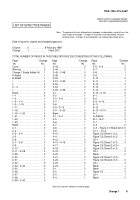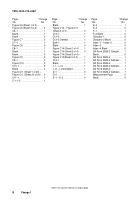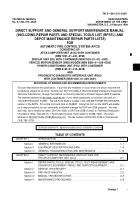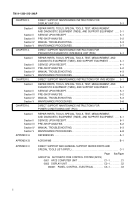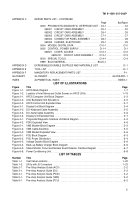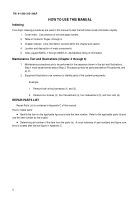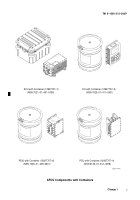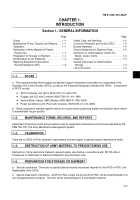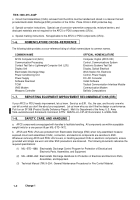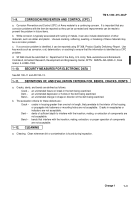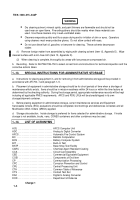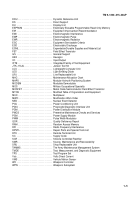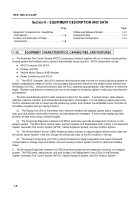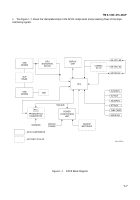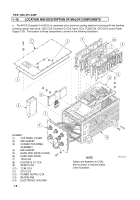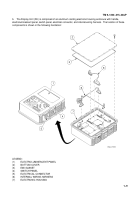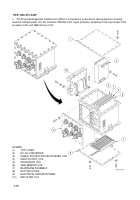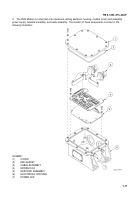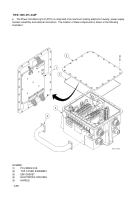TM-9-1200-215-34-P - Page 15 of 266
TM 9–1200–215–34&P
1–3
1–9.
CORROSION PREVENTION AND CONTROL (CPC)
a.
Corrosion Prevention and Control (CPC) of Army materiel is a continuing concern.
It is important that any
corrosion problems with the item be reported so they can be corrected and improvements can be made to
prevent the problem in future items.
b.
While corrosion is typically associated with rusting of metals, it can also include deterioration of other
materials, such as rubber and plastic.
Unusual cracking, softening, swelling, or breaking of these materials may
be a corrosion problem.
c.
If a corrosion problem is identified, it can be reported using SF 368, Product Quality Deficiency Report.
Use
key words such as corrosion, rust, deterioration, or cracking to ensure that the information is identified as a CPC
problem.
d.
SF 368 should be submitted to:
Department of the Army, U.S. Army Tank–automotive and Armaments
Command, Armament Research, Development and Engineering Center, ATTN:
AMSTA–AR–QAW–C, Rock
Island, IL 61299–7300.
1–10.
SECURITY MEASURES FOR ELECTRONIC DATA
See AR 190–11 and AR 190–13.
1–11.
DEFINITIONS OF, AND EVALUATION CRITERIA FOR, BENDS, CRACKS, DENTS
a.
Cracks, dents, and bends are defined as follows:
Crack –
an unintended fissure or break in the item being examined.
Dent –
an unintended depression or hollow in the item being examined.
Bend –
an unintended change in shape or direction of the item being examined.
b.
The evaluation criteria for these defects are:
Crack –
cracks in housing greater than one inch in length, that penetrate to the interior of the housing,
or propagate into fasteners or mounting holes are not acceptable.
Cracks in receptacles or
indicators are not acceptable.
Dent –
dents of sufficient depth to interfere with the insertion, mating, or extraction of components are
not acceptable.
Bend –
bends that interfere with the insertion, mating, extraction, or proper operation of components
are not acceptable.
1–12.
CLEANING
a.
Cleaning.
Clean whenever dirt or contamination is found during inspection.
Change 1
Back to Top

